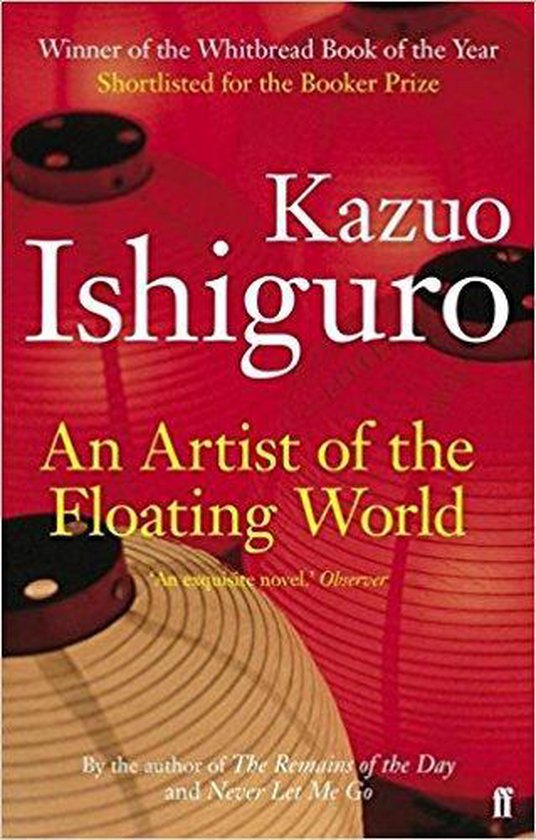
(When I returned to Scotland in 2019, my relatives still spoke of those years and were vocal in their disgust with Thatcher’s policies, which was natural, I suppose, as the shipyards on the Clyde had been the main employer in the area, so just about everyone was affected by the shutdowns – I divert, but I found Ishiguro’s comments very interesting.)Īn Artist of the Floating World is the first person narrative of Masuji Ono, his thoughts and memories of the past, and his career as a Nationalistic painter. These years were bitter and disruptive as Britain underwent a programme to reconstruct its industries it was an era of IRA terrorism, union strikes and cuts to public services.

Ishiguro wrote the book between 19 when Margaret Thatcher was in power. And for me personally: the nagging sense of how difficult it is to see clearly above the dogmatic fervours of one’s day and the fear that time and history would show that for all one’s good intentions, one had backed a wrong, shameful, even evil cause, and wasted one’s best years and talents to it.’ ‘This novel is set in Japan before and after the Second World War, but it was very much shaped by the Britain in which I was then living: the pressure on people in every walk of life to take political sides the rigid certainties, shading into self-righteousness and sinister aggression, of ardent, often youthful factions the agonising about the ‘role of the artist’ in a time of political change.


In the 2016 introduction to the thirtieth anniversary edition of An Artist of the Floating World, the author wrote:


 0 kommentar(er)
0 kommentar(er)
